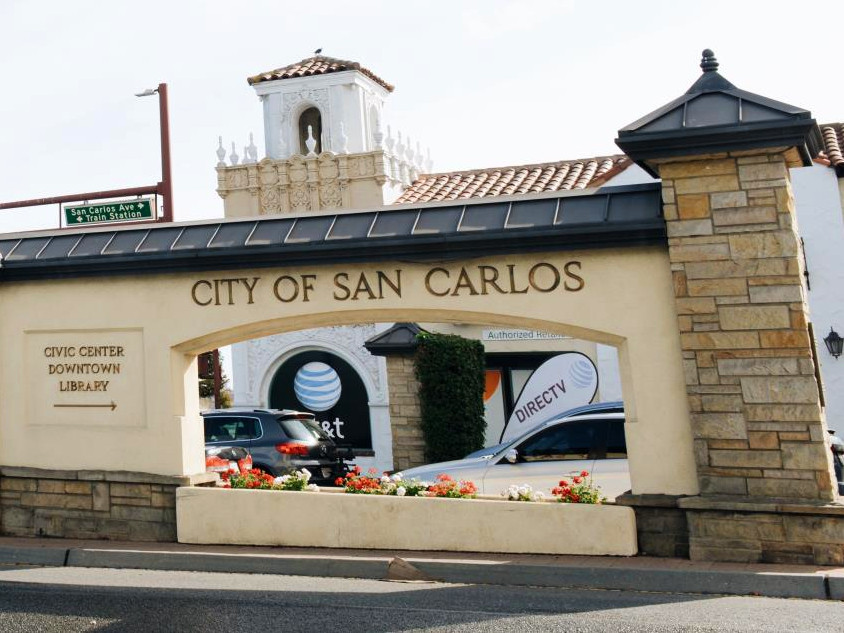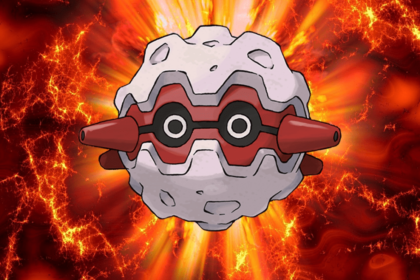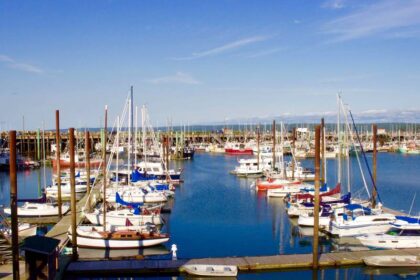San Carlos (Spanish for “St. Charles”) is a city in San Mateo County, California, United States. Take a look below for 15 interesting and amazing facts about San Carlos, California, United States.
1. The population is 30,722 per the 2020 census.
2. Prior to the Spanish arrival in 1769, the land of San Carlos was occupied by a group of Native Americans who called themselves the Lamchins.
3. While they considered themselves to have a separate identity from other local tribes, modern scholars consider them to be a part of the Ohlone or Costanoan tribes that inhabited the Bay Area.
4. The Lamchins referred to the area of their primary residence—probably on the north bank of Pulgas creek—as “Cachanihtac”, which included their word for vermin.
5. When the Spanish arrived, they translated this as “the fleas”, or “las Pulgas”, giving many places and roads their modern names.
6. The Native American life was one of traditional hunting and gathering.
7. There was plentiful game and fowl available, and fish could be caught in the San Francisco Bay.
8. There were also grasses, plants and oak trees (for acorns), and archaeological finds of mortars and pestles indicate that these source were processed for food. No doubt they also participated in the regional trading networks for goods that could not be gathered or grown locally.
9. The Lamchin permanent village is thought to have been between the modern streets of Alameda de las Pulgas and Cordilleras Avenue, near San Carlos Avenue.
10. In 1769, Gaspar de Portolá was the first westerner to reach the San Francisco Bay. While early historians placed his approach to the Bay from the Pacific Ocean as coming over the San Carlos hills, present researchers believe this “discovery” actually occurred in present-day Belmont.
11. The Spanish, with overwhelming military and economic advantages over the native population, quickly dominated the Bay Area. Initially, the missionaries invited local people to join them at Mission San Francisco de Asís (Mission Dolores) and convert to Christianity. Facing the end of their way of life, the local population had little choice but to seek assistance from the missions and convert to Christianity.
12. Traditional trade routes and alliances fell apart. The Lamchin were one of the first local peoples to move to the mission. The first Lamchin were baptized at the mission in 1777 and last 1794. A total of 139 Lamchin people appear in the mission’s baptismal records.
13. Afterward, the land was deeded in large “ranchos”, or ranches, to prominent and wealthy Spaniards, with no concern for the native populations that lived on them. The new ranch owners raised cattle on the lands, displacing the native game populations and disrupting the food supply of the indigenous population. As well, the Spanish strongly discouraged the Native Americans from their periodic controlled burns, which helped maintain the grasslands.
14. The land now occupied by the city of San Carlos was deeded as a single large rancho to Don José Darío Argüello. He and his family did not live there, but rather raised cattle and crops for money on “Rancho Cachinetac” (a Spanish derivation of “Cachanihtac”). José’s son Luis Argüello was the first California-born governor of the state, and after his death in 1830 the remaining family moved to the ranch, now known as Rancho de las Pulgas. The family abode was located at the present-day intersection of Magnolia and Cedar streets.
15. While the California Gold Rush of 1849 found no gold nearby, disappointed Sierra Nevada prospectors made their way to the region, bringing the first non-Spanish western settlers. The Argüello family retained deed to their ranch through the transfer of governments to the United States, and, in the 1850s, began selling parcels of it through their agent S. M. Mezes.




